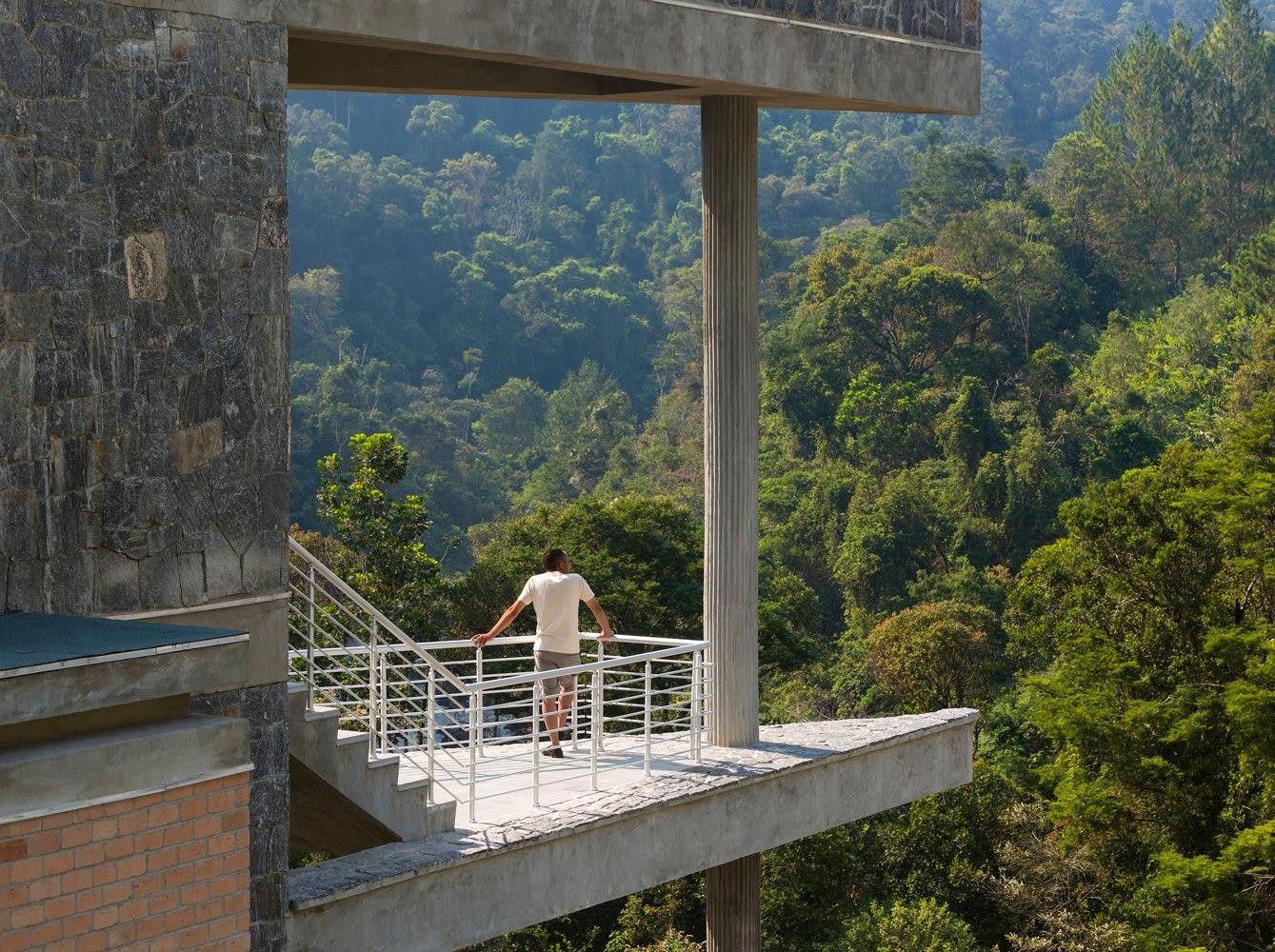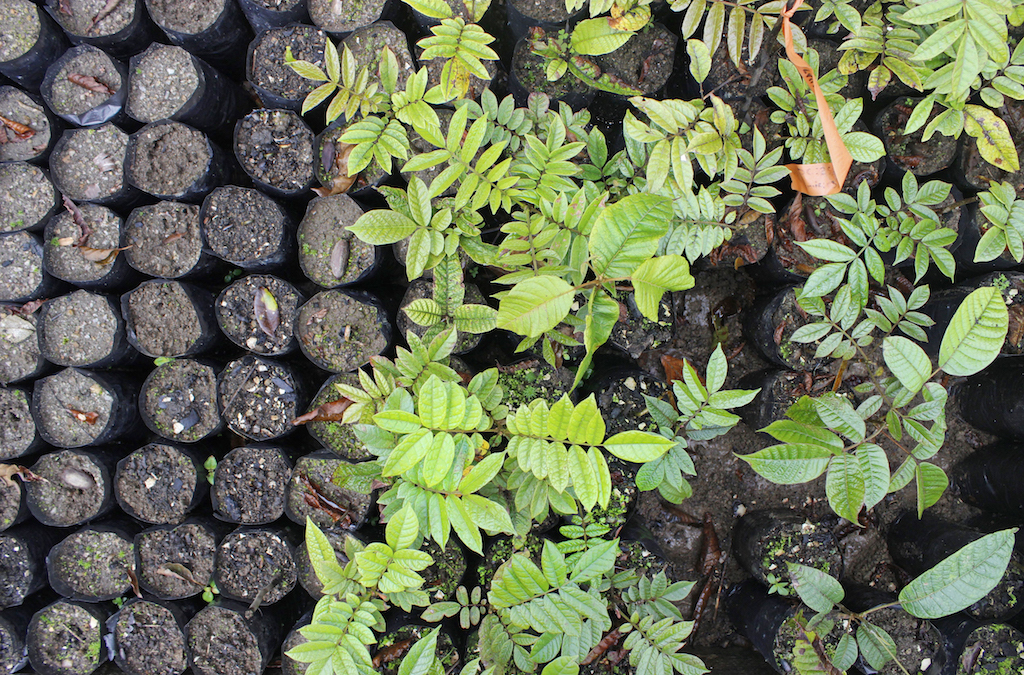
Centre ValBio
Centre ValBio (CVB) is an internationally renowned research station dedicated to conserving Madagascar’s unique and biologically rich ecosystems. Located on the edge of Ranomafana National Park, CVB operates under the leadership of acclaimed primatologist Dr. Patricia C. Wright. Through cutting-edge conservation science and community-based projects, CVB works in close partnership with local communities to protect biodiversity while improving livelihoods. By combining research, education, and sustainable development, Centre ValBio is expanding scientific understanding and helping to ensure that Madagascar’s natural heritage is preserved for generations to come. Learn More About Centre ValBio

About Dr. Patricia C. Wright
Dr. Wright is a scientist and a distinguished professor in the Department of Anthropology at Stony Brook University, NY. She is the inaugural holder of Herrnstein Professor of Conservation Biology Chair. Dr. Wright has received the prestigious MacArthur Fellowship (Genius Award) and various medals of honor from the Malagasy government. She was the first woman to win the Indianapolis Prize for Animal Conservation (equivalent to the Nobel Prize in Conservation). Dr. Wright is Founder and Executive Director of Stony Brook University's Institute for the Conservation of Tropical Environments, and is the Founder and Executive Director of the Centre ValBio, a research and training center in Ranomafana, Madagascar. After discovering a new species of lemur in 1986, she helped establish its habitat as a national park and a UNESCO World Heritage Site.Dr. Patricia C. Wright has published over 200 scientific papers, authored four books, and delivered hundreds of lectures at museums, universities, and scientific societies across the United States and Europe. A dedicated mentor, she has guided and hooded over 50 PhDs, many of whom are now leaders in conservation and primatology. The International Primatological Society awarded her the Lifetime Achievement Award at the 2025 meetings in Madagascar.
Dr. Wright's research and accomplishments have been featured in the 2014 award winning documentary IMAX/Warner Brothers film Island of Lemurs: Madagascar narrated by Morgan Freeman. In 2023, she led a team of young scientists on a bold 30-day expedition to a remote forest previously unknown to the global scientific community. Accompanied by a French film crew, the team ventured into uncharted territory, documenting rare and previously undescribed plants and animals. The documentary Ivohiboro: The Lost Forest, released in 2024, is a film that captures a journey into the unknown, where scientists uncover new species that shed light on the past while providing crucial insights into protecting and restoring these vital landscapes for the future.
Research
Whether you are just starting your studies, are a master's or doctoral student, or established in your field, CVB has the facilities and expertise to make your research ambitions a reality. As a full-service research center, you will find that our friendly and experienced staff and excellent facilities are able to accommodate any laboratory- or field-based research needs.
Want to learn more?
Study Abroad
Do you have a passion for tropical biology (including lemurs), conservation, the environment, human health, engineering, or the social sciences? No matter what, we've got you covered. Regardless of your background or existing knowledge, our Study Abroad programs offer a huge range of opportunities. Programs range in length from from three weeks to three months.
Interested?
Internships and Volunteering
From high school graduates interested in valuable real-world experience before college, to working professionals looking to take a career break doing something meaningful, or retirees keen for their next challenge, conservation work welcomes people from all walks of life. We gladly welcome volunteers to join us at CVB in tailored programs.
How do I get involved?
Over 1,000
Publications
____________
![]()
99%
Malagasy staff
____________
![]()
55
PhDs
____________
![]()
Over 300
Master's theses
____________
![]()
Visiting Centre ValBio
“I never thought such advanced facilities could exist in a rainforest. I could not have completed my research anywhere else."
Perched on the edge of a waterfall, overlooking the Ranomafana Rainforest, Centre
ValBio offers unique, direct access to a biological hotspot for research, while housing
on-site laboratory facilities for genetics, disease, ecology, biology, and technology
research.


